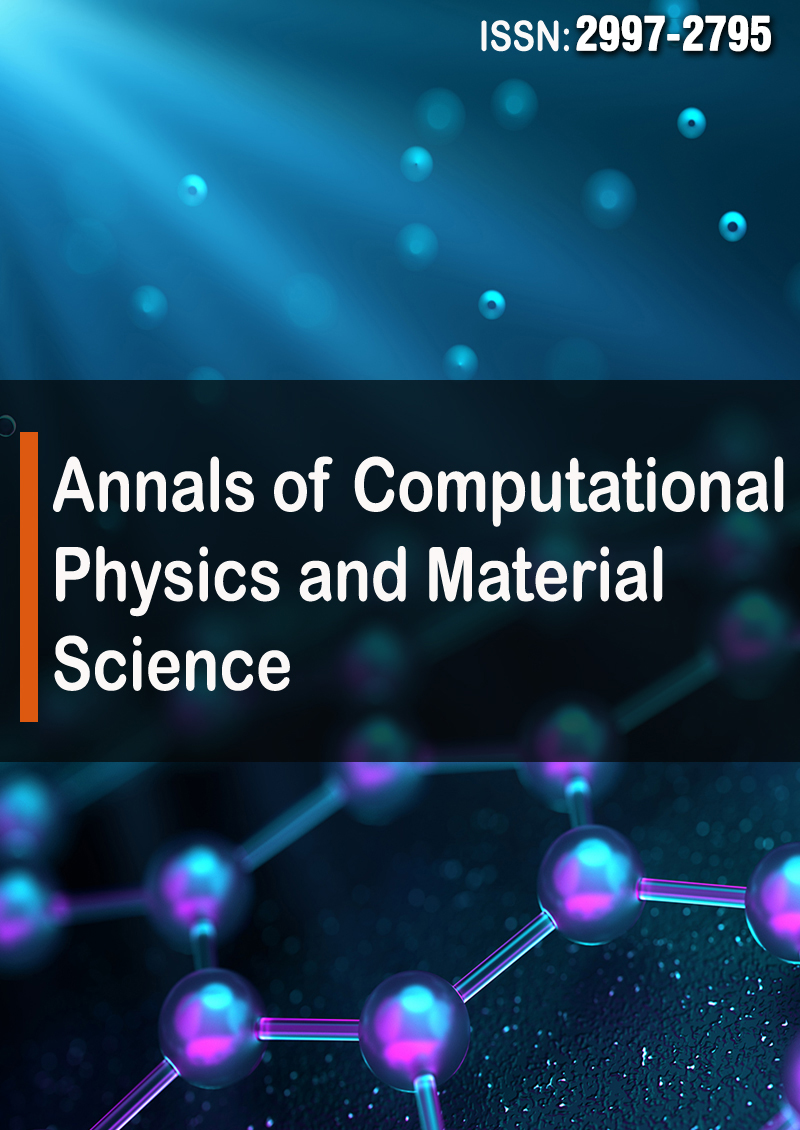Expansion, Topology and Entropy
Abstract
Gerd Pommerenke
Object of this work is, to determine, if objects observed more distant are moving away faster than less distant ones. The escape velocity Hr is defined by the HUBBLE-Parameter H, locally H 0 , which is proportional to the reciprocal of the age T. The calculations are based on a model of Cornelius LANCZOS, outlined at a lecture on the occasion of the Einstein- Symposium 1965 in Berlin [1] and [2]. The model defines the expansion of the universe as a consequence of the existence of a metric wave field. That field also should be the reason for all relativistic effects, both SR and GR. In the context of this work the propagation function of that wave field is determined. Its phase rate is equal to the reciprocal of PLANCK's smallest increment r 0 . Even the other PLANCK-units set up the basis of the model being functions of space and time. With it, the model leads to a quantization of the universe into single line-elements with the size of r 0 . Thus, a kind of finite-element-method becomes possible, at which point the single elements are explicitly defined by the wave function. As per definition, objects in the free fall, aren't moving either with respect to the metrics and are carried-with during expansion. With the help of the propagation function it's possible to calculate the HUBBLE-Parameter H even for greater distances. Furthermore, the entropy of the universe as a whole is determined considering the special topology of the universe.



